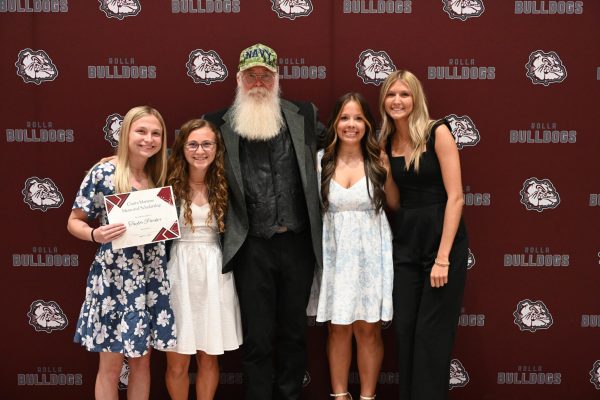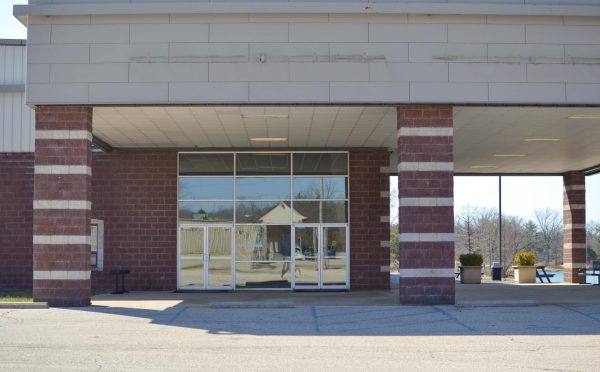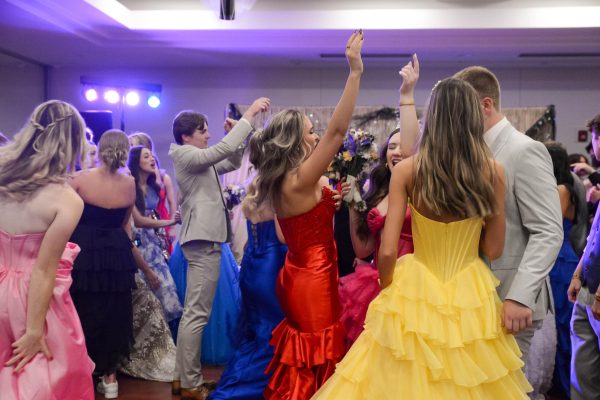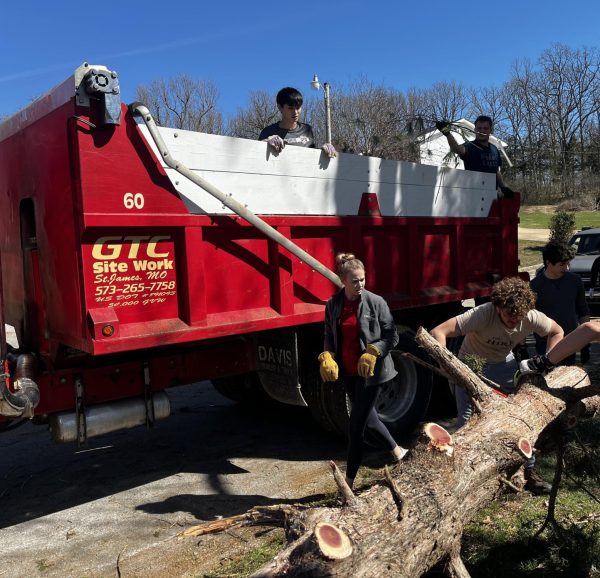Biomedical Science course added to Project Lead the Way in Fall 2015
Beginning next school year, Rolla high school will be introducing Project Lead the Way’s Biomedical Science courses. Project Lead the Way is also the program behind the Engineering course at RTI.
The new course will offer students the opportunity to learn about functions of the human body and ailments through four sequential courses. The high school gained permission to employ the curriculum quite smoothly.
“It’s definitely been something that has been on the radar for awhile now. Every year in February there is a project lead the way conference and we had gone to that a few times. The Biomedical science is one of three programs offered by project Lead the Way, with the other two being engineering, which we already have and I think some type of computer science class. I think that the class will fit in very nicely with the courses we have here but also with the courses they offer at RTC and the Health Academy.
Additionally, the Biomedical Science requirements include that we have a HOSA chapter. I think these two courses will greatly help a student interested in any kind of medical career,” Sarah Kaelin, guidance counselor, said.
Principal Dr. Jim Pritchett also echoed this opinion.
“In order to get the courses here, we mostly had to work with the Project Lead the Way group, which has it’s state headquarters at S&T and we had to meet a few requirements. Since we already had the engineering program in our district, the whole application process went by rather smoothly,” Pritchett said.
The courses expands Rolla high’s courses offered to students interested in a medical or scientific career, as well as students interested in advanced classes that will look good for colleges.
“I would call the courses comprehensive, sequential, hands-on and from everything I’ve heard, the courses don’t leave students asking for more, or ‘Why do I have to know this’? It’s teaches students a theory then shows them a hands on example of how it gets implemented. Students considering pre-med, biomedical science, biology, biomedical engineering or anything with healthcare could majorly benefit from the pre-existing knowledge of biomedical science this course offers. I also think it could be interesting for students not interested in that direction just because of the way the course is developed and offered. The course work is universal and nationally designed by experts in teaching and biomedical science to make sure it is interesting for students and they work continually to improve it by receiving feedback from people so you can trust that it is a top-notch program. I have a friend from college who teaches this program in a St. Louis school district and she says it’s absolutely unbelievable in the sense that you teach the first year of it, but then word spread out about how inclusive and organized the entire course is and then students flock to it. We’ve heard very similar reports from all kinds of other schools as well. We are very excited to see it take off and become a regular part of our districts curricula,” Kaelin said. “Really we’ve heard nothing but great things from every school that uses it,” Pritchett added.
Although a new course is coming, the powers that be are confident that our current group of science teachers is capable of teaching the course; they do not wish to hire a new teacher.
“The teacher will be someone from the science department definitely. We’re still waiting to see numbers and what resources we have. We’ve talked with everyone in the science department and they’re fully aware of it. We have not nailed the exact teacher just yet. We’re looking for someone with good qualifications first of all. We’d also certainly prefer someone who is interested in the curriculum and cares about the kids, and also understands their new role of bringing this program into the district. Stuff we look for in all of our teachers certainly. We don’t want to hire a new teacher because our objective is to mill this curriculum into our regular programs and routines,” Dr. Pritchett said.
The program is not too uncommon, as some of our neighboring school districts also have it.
“I know Jeff City has it and I believe Waynesville is slated to be getting it soon like we were for awhile. Then Eureka and multiple St. Louis districts have it as well. Generally, it’s probably really common in Kansas City and St. Louis and the more metropolitan areas of Missouri. I’m not to sure about the Springfield schools though,” Dr. Pritchett said.
The entire course consists of four sequential classes, meaning that one must take the first level class in order to move on to the next.
The first subject is called principles of biomedical science and the second is called human body systems. The third is called medical interventions and the fourth and final course offered is called biomedical innovation and during that class there’s some research; it’ more research and independence based than any of the others. The first two will be offered at the high school and the latter two will be at RTC. The classes must be taken in order; it’s like a foreign language class kind of in terms of progressing curriculum,” Kaelin said.






